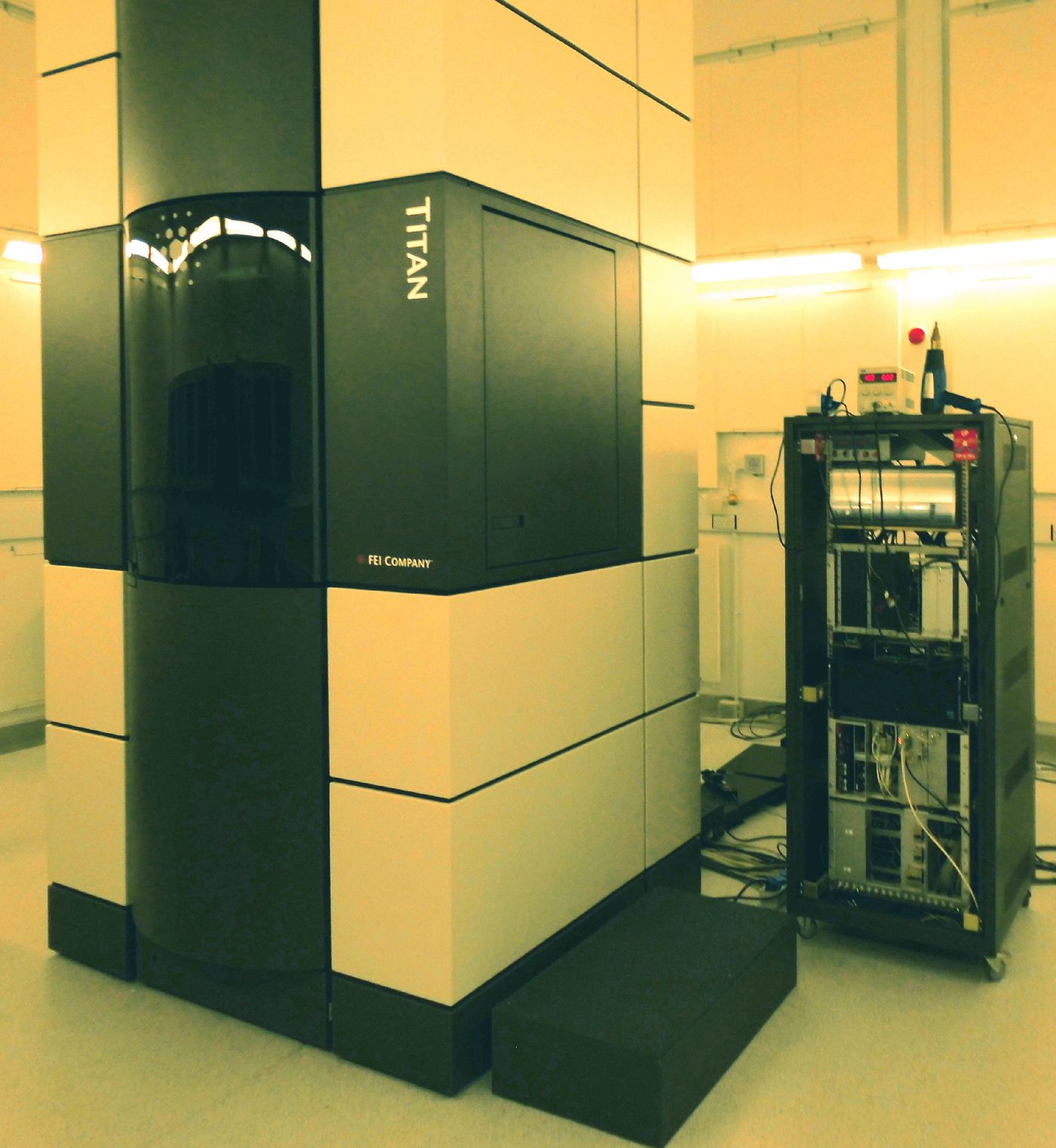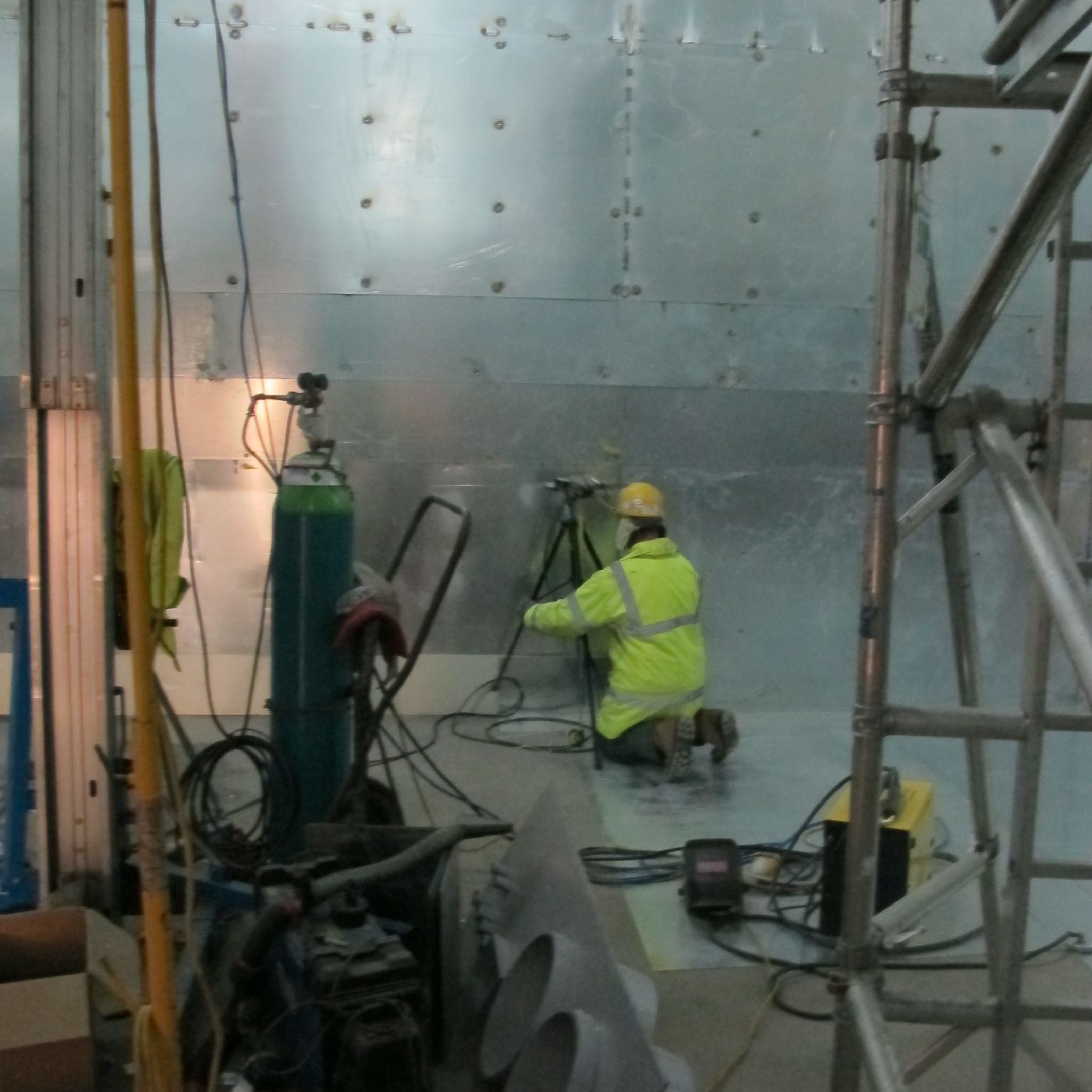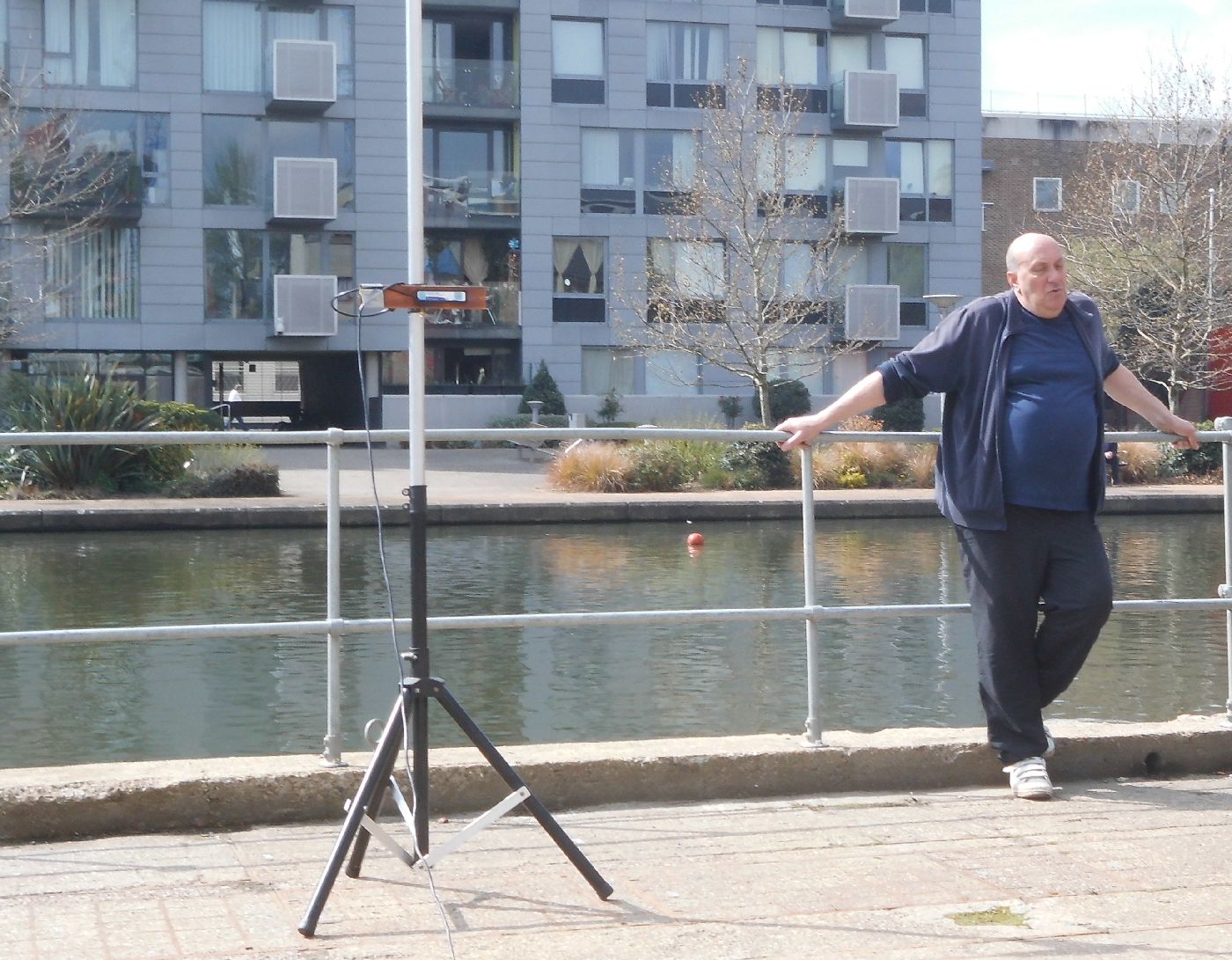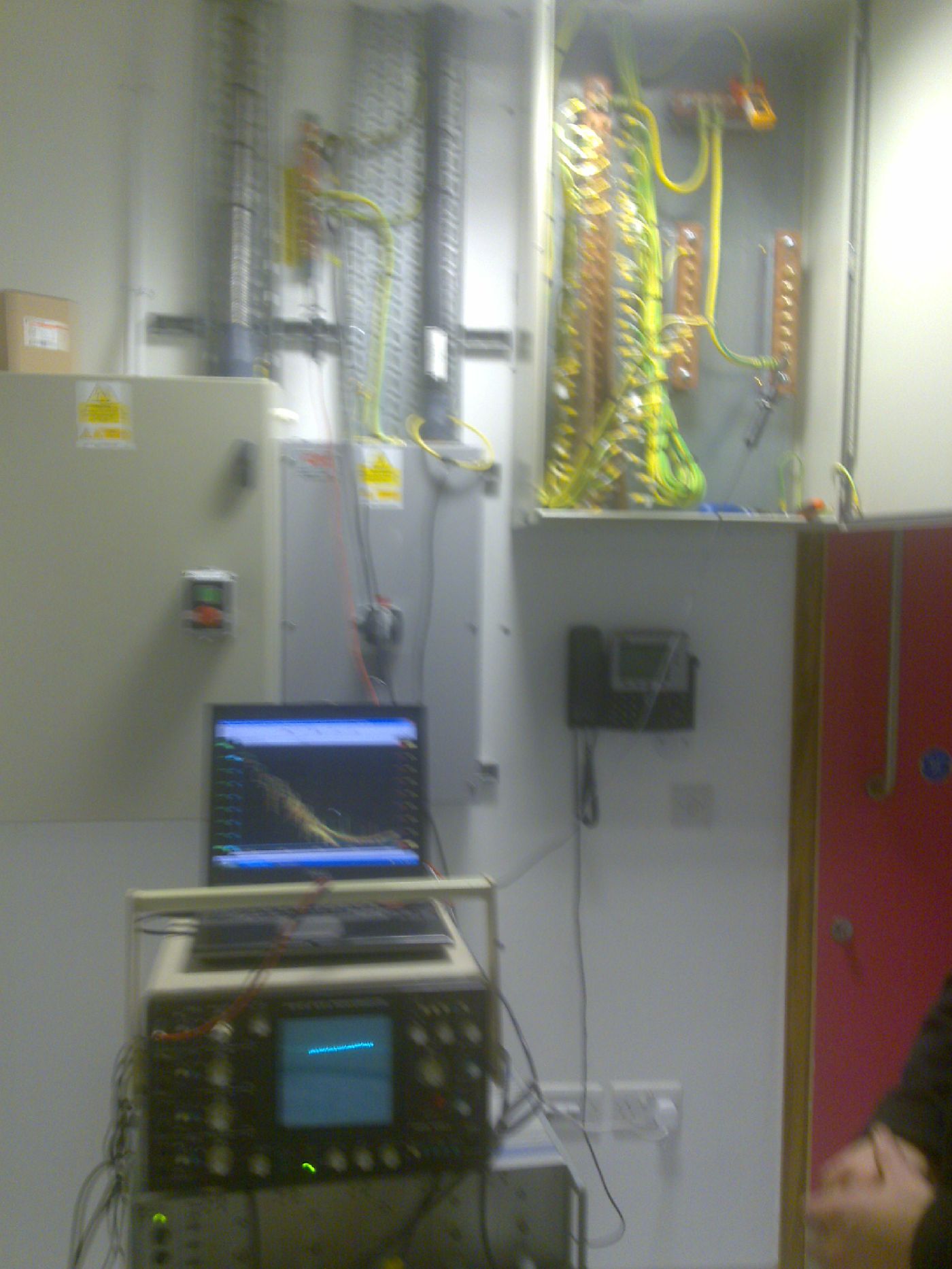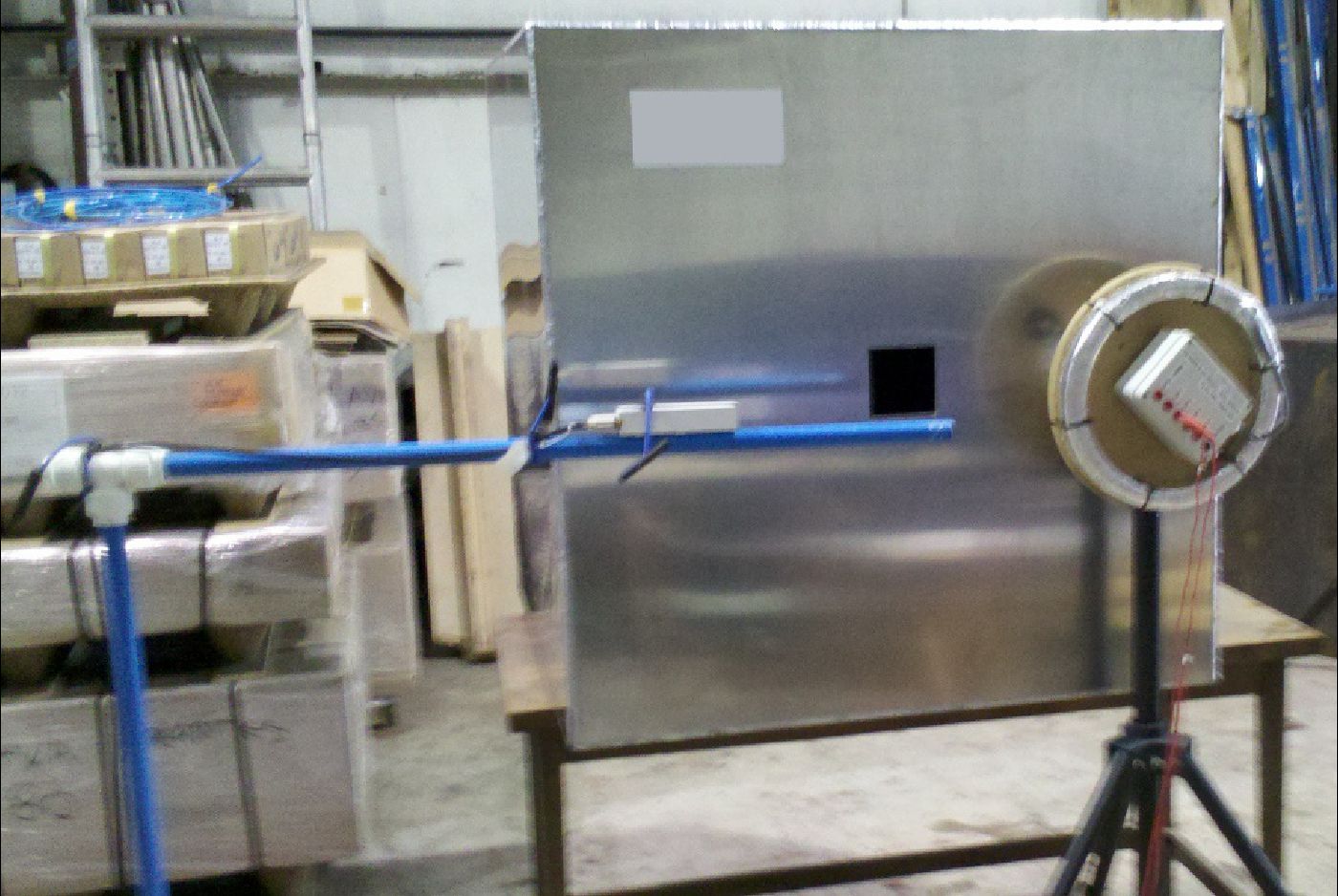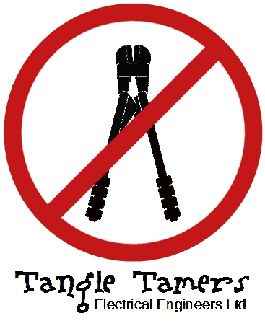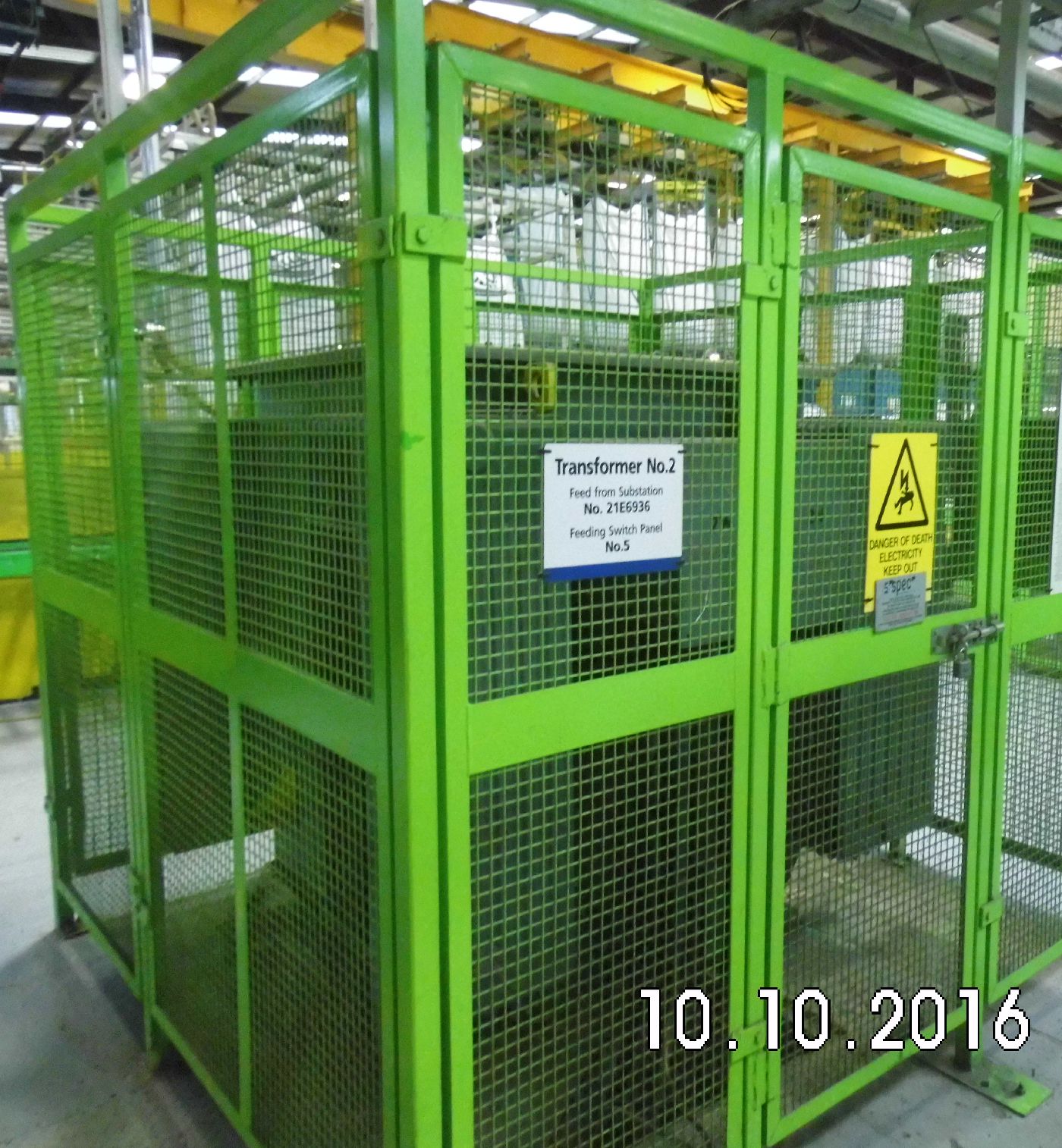
We offer:
-Low frequency and DC magnetic field surveys below 10 kHz
-On site surveys and investigation of magnetic field issues
-Specification, design and validation services for magnetic screening and shielding
-Identification and resolution of earthing and bonding problems affecting the performance of Faraday cages
-Testing and evaluation of LF and DC magnetic screens, shields and Faraday cages
Locations include:
-Medical Imaging
-Neuroscience facilities
-Research labs and production environments
-Electron microscopes, spectroscopes and lithography systems
- Complex buildings for media
- Sensitive instrumentation and measurement
